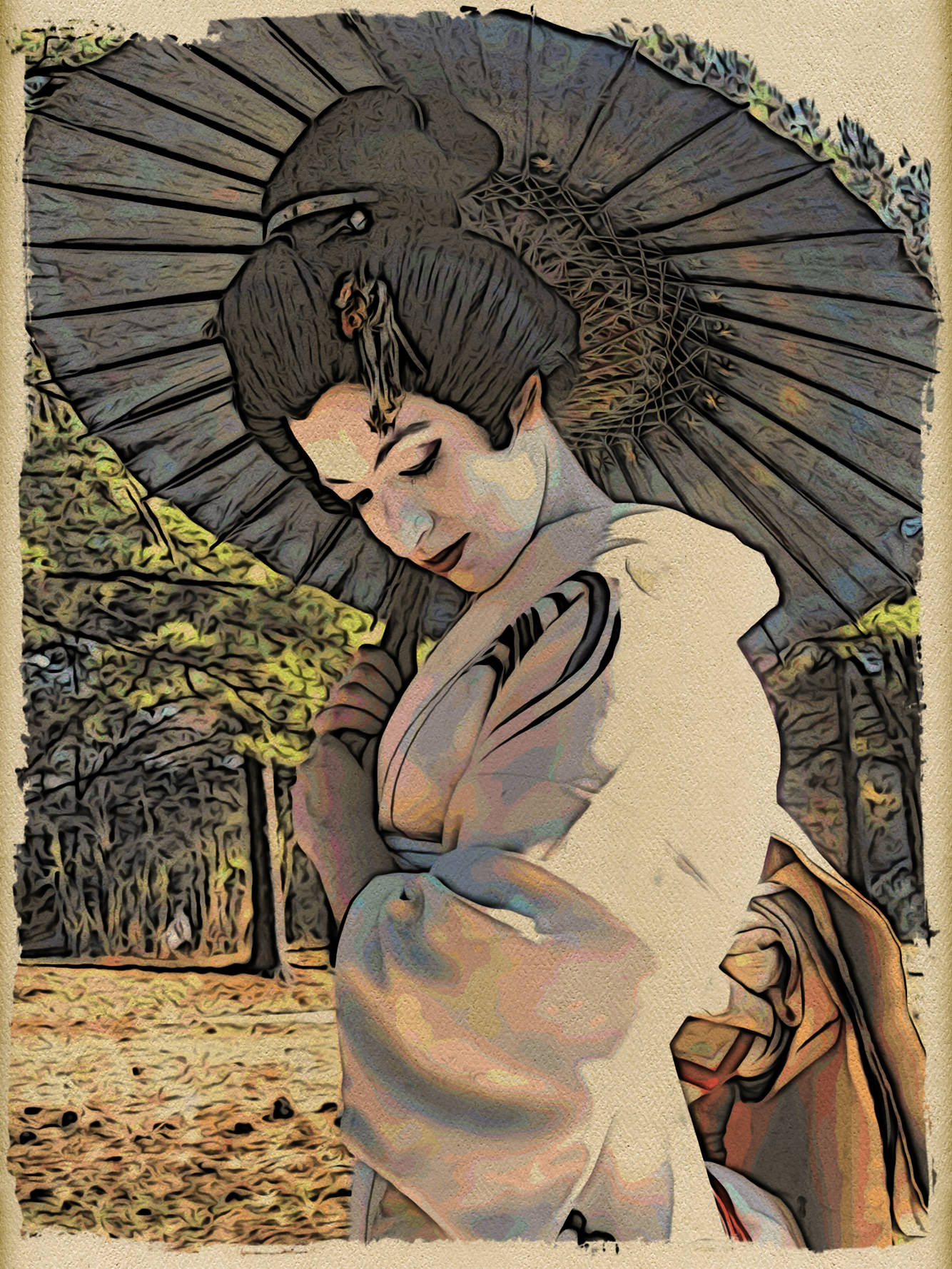

Taïkophonic is a hybrid project between traditional Far East and contemporary music & dance. The project is carried by two musicians mixing their multidisciplinary experiences through experimentation, improvisation on silence, the feeling of emptiness and of fullness. Despite the apparent incongruity, their universes get along well. TAÏKOPHONIC is a unique meeting of the ancient Japanese art of Taïko, a traditional wooden drum – with the fine, little noises of analog instruments called monotrons. This evening will be all about cultural mixing that is half Japanese - half other. Taïkophonic live & Closing of the exhibition Hafu2HafuĪ fantastic, silent and forceful musical encounter! Experience the art of Taïko during the closing night of the exhibition Hafu2Hafu by photographer Tetsuro Miyazaki. Ad Stijnman is a Dutch printmaker and print historian. After the lecture, some original 19th-century Japanese woodcuts and etchings will be shown along with tools and materials for making prints. It gives a glimpse of a kind of prints that is only known to a few specialists outside of Japan and is shown here to a larger audience. This lecture provides an overview of how, within the Japanese printing tradition, people independently developed the etching technique (dō-banga) into their own school. This beloved Japanese prints led to Japonism in Europe after 1860 and was partly the reason. Japanese print art is best known for its woodcut (moku-hanga), the classic Japanese color print art, also known as Ukiyo-e. NIHON DŌBANGA: ETCHING IN JAPAN, 1783–1900Įach participant receive a Fukubukuro (Japanese lucky bag) including an original small etching! With all this we want to introduce the world of printmaking. They are made by Veerle Rooms, Claude Sinte and Maurice Pasternak from Belgium, by artists from Lithuania, Latvia, Estonia, Russia, the Czech Republic, Portugal, UK, Canada, USA and Japan.
#Moku hanga printmaking early 1900s series#
In EXCHANGE are further shown: photos of Japan by Roel Vermeylen, from his own point of view the Nagasaki print series by Ad Stijnman, Dutch printmaker and print historian, who visited Japan several times for his research and prints from Yuriko's collection of international printmakers related to Japan. With EXCHANGE, the idea, the techniques and the material including Washi (= Japanese paper), and also music, we create a new story. Yuriko Miyoshi, a Japanese printmaker works in the Netherlands and Japan.


The techniques of Japanese wood-block printing by Mosheim, K.The Aarschotse Artist Hilde Hermans is a storyteller in images and printmaking. Mokuhanga junjozuri = : Process book of woodblock printing LCC The process of color-block printing = : Mokuhanga junjozuri by Watanabe, Shōzaburō, 1885-1962 LCC Nishikie no hori to suri by Ishii, Kendō, 1865-1943 LCC The art and craft of woodblock printmaking : woodblock printmaking with oil-based inks and the Japanese watercolour woodcut by Laitinen, Kari DDC/LCC The making of a Japanese print : Harunobu's "Heron Maid" by Chiba, Reiko DDC/LCC Japanese woodblock printing by Salter, Rebecca, 1955- DDC/LCC Without a hyphen or leading zeros as shown below:
#Moku hanga printmaking early 1900s serial#
ISSNĪn ISSN is a standardized international code which allows the identification of a serial publication.Īn ISSN consists of eight digits in two groups of four, separated by a hyphen. The twelfth digit is a check digit and usually appears at the bottom right of the symbol.Įnter all digits found on the item (e.g., 008817006925).The next ten digits encoded in the symbol are below the bars.The first digit is the Number System Character (NSC) which appears on the left side of the symbol outside of the bars.Hyphens or spaces usually separate the elements of the The UPC appears as a barcode symbol with 12 digits printed below it. The Universal Product Code (UPC) is a barcode symbol that is used to track trade items in stores (e.g., audio and video products). Enter an OCLC number without leading zeros. OCLC assigns a unique number to each bibliographic record input into WorldCat. Thirteen-digit ISBNs must begin with either 978 or 979. An ISBN is a unique number assigned to an item by its publisher.


 0 kommentar(er)
0 kommentar(er)
